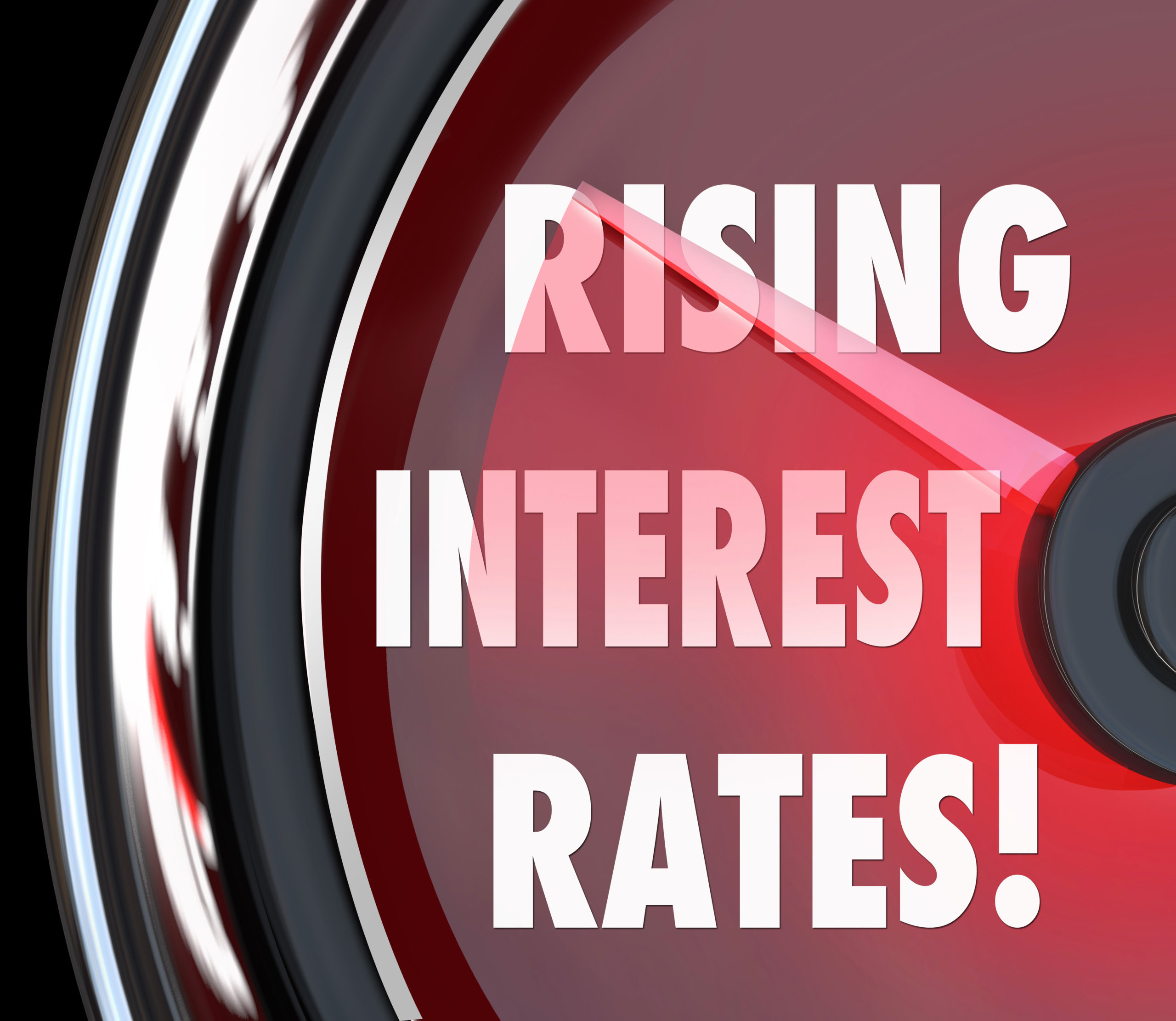
For most people, credit score isn’t something you spend much time thinking about. Especially if you are someone who is making good money and paying all your bills on time. When you are in that boat, it feels pretty good! But, when you miss a payment or you struggle to pay all those credit cards, lines of credit and even your mortgage, it can feel like a sinking ship.
This is especially true if you’re credit challenged, but are looking to get into the housing market. Improving your credit is the best first step to getting a lender to give you a chance and fortunately, it is very doable!
why does credit score matter?
The reason your credit score is so important is because it tells lenders the basic story surrounding your credit. It essentially indicates whether or not you are a “good investment” by relaying how long you’ve had credit, your ability to pay back that credit and how much you currently owe. Your credit score is affected by how much debt you’re carrying in relation to limits, how many cards or tradelines you have and your history of repayment.
If you are considering getting your first mortgage, keep in mind that a credit score above 680 puts you in a good position to get financing, while a score below that will make it tough and improvement is needed.
CREDIT REPORTS
To ensure your credit score remains in good form, it is important to take a hard look at your credit report and review your credit score for any old or incorrect information. If you find any errors, contact Equifax to have them corrected or removed. Another big factor includes paying off any collections (such as parking tickets or overdue bills).
CONSIDER THE 2-2-2 RULE
If you’re a young person and new to the world of credit, consider the 2-2-2 rule to help build up your credit. Lenders typically like to see 2 forms of revolving credit (i.e. credit cards) with a limit of no less than $2,000 and a clean history of payment for 2 years.
It is important to note, a great credit score means keeping a balance on all those cards at any given time, below 30 percent of the overall limit. For a card with a limit of $2,000, this means having no more than $600 of it in use. It is also a good idea to check if your credit card requires an annual fee and make sure you are paying that off too.
If you’ve been advised to get a couple credit cards but have locked them in a vault where only a sorcerer’s spell can access them, you’re going down the wrong path. The goal is not just to have credit but to show potential lenders that you know how to use it responsibly!
rock bottom credit
When things get really bad, there is a tendency for clients to consider declaring bankruptcy or a consumer proposal. Bankruptcy is a legal process where an individual or entity can seek relief from some or all of their debts when unable to repay them. A consumer proposal is a formal, legally binding process to pay creditors a percentage of what is owed to them.
The truth is, it is best to avoid these two options. Instead, there are companies out there that will perform the same function with regards to negotiating your debts – but it won’t impact your credit or carry the stigma of bankruptcy or a consumer proposal.
CONSIDER REFINANCING
If you already own a home and have some equity, but you are still drowning in credit debt, consider refinancing your mortgage. While you might not get the same great rate you have now, or might get dinged for breaking your mortgage early, using the equity in your home can be a great way to get rid of high-interest credit card payments and consolidate debt to keep more money in your pocket at the end of the day.
keeping your score in-tact
Once you have your credit score where you want it, it is important to maintain that score. You can do this by ensuring you never use more than 30% of your available credit and that you pay your bills each month, and on time. Even if you can only pay the minimum amount due, it is important to be making those payments and recognizing the requirements.





